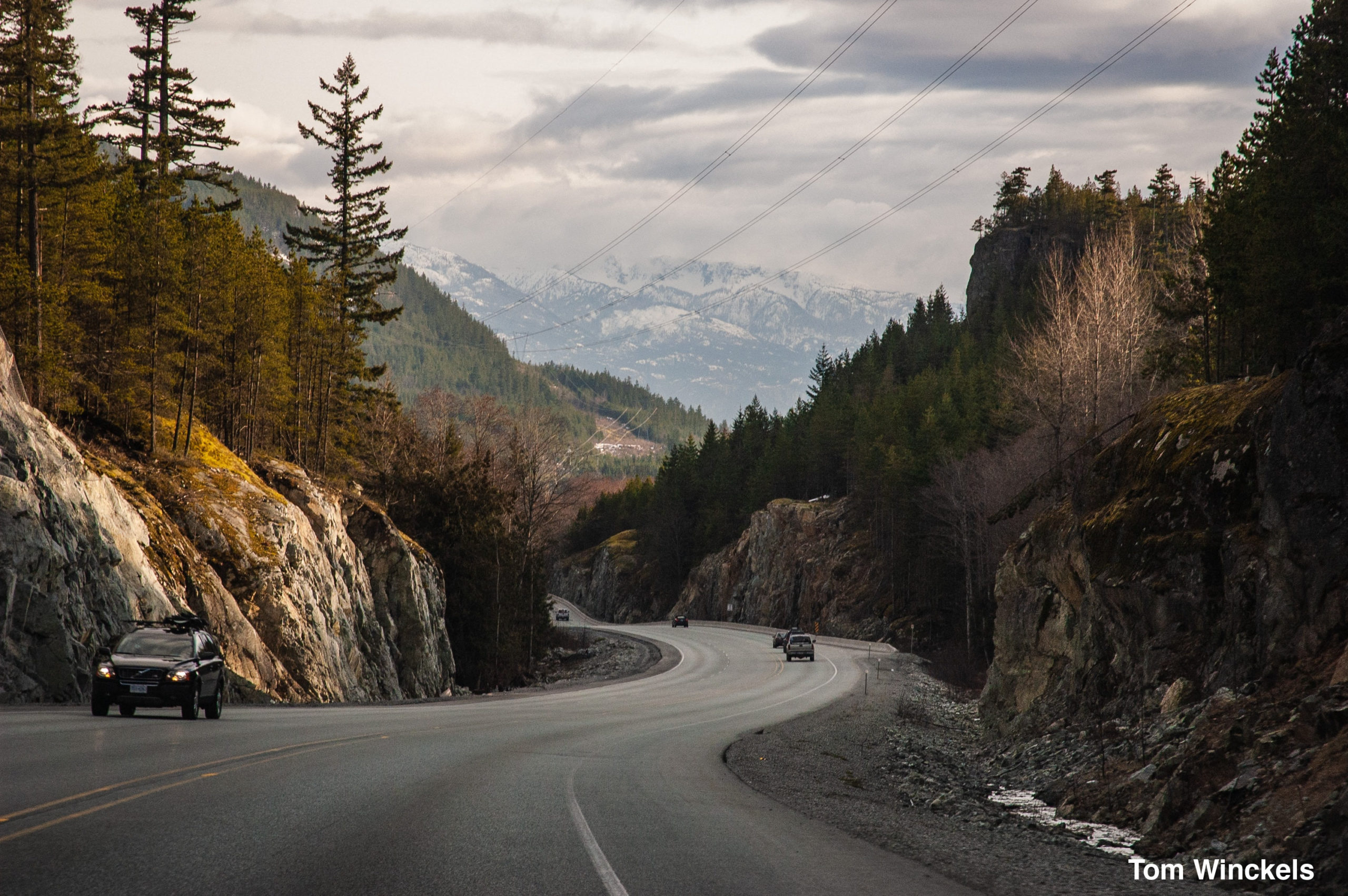How the Coronavirus outbreak will change the face of driving and road travel

By Katlyn Mortimer
The quarantine lockdown caused by the coronavirus outbreak is projected to drop CO2 emissions by over 6 percent this year, according to the World Meteorological Organization. While it may seem like a small feat, the effects of that drop are seen the world over in the form of clean air and clear skies over normally smog-covered cities.
Canada has been seeing steady CO2 drops since the latter half of the 2010s. But, with even the WHO undecided on the true danger of COVID-19, it may drop even further thanks to motorists potentially avoiding the road even after the quarantine is lifted. Also, it is becoming increasingly clear that the pandemic will change the face of social contact, and by extension driving, for years to come.
What’s Changed So Far
According to Prime Minister Trudeau, virus and testing and containment technology is not developed enough to renew their confidence in road travel.As COVID-19 cases continued to rise, Canada instituted a ban for all non-essential road travel across the Canada-US border on March 21st, 2020. Originally meant to be in place for only 30 days, there seems to be no word yet of lifting the ban, despite a healthy dose of encouragement from the White House.
Besides that, many Canadian provinces have also started their own strictures on travel. This restricts even domestic road travel in Canada. Although travel within individual provinces is still permitted, this foreshadows more reserved travel behaviors in the future.
How Road Travel Can Look In The Future
Despite the restricted nature of road travel, the number of businesses that hinge on overland road travel are far too many. And that’s before accounting for businesses that don’t involve the carting around of goods, such as tourism. Tourism’s total contribution amounted to 6.4% of Canada’s GDP in 2018. From here on out, however, the face of road travel will change.
Motorists have taken the advice to be more conscious of disinfection. As a result, hybrid cars will rise to prominence because they can be charged in the privacy of your own home. After all, gas stations will become more likely to play host to motorists who could have come from an infected area, and the pump handles themselves are potential carriers of infectious particles.
Further Changes That Are Shaping Up Right Now
Smatterings of changes here and there are cropping up amidst the new restricted nature of road travel. Together, they’re beginning to form a coherent picture that points to electric and hybrid automobiles reigning supreme over the roadways. Public transport now has a significant danger attached to it. Governments are pressed to capitalize on the headway on emission reduction that quarantine has brought.
Seeing how motorists worldwide are currently discouraged from taking the road, many places in Canada are likely to follow suit. Aside from road projects, other spending that relies on revenue dependent on traffic volume will likely be jeopardized. As road travel becomes more streamlined and favoring electric engines, alternative sources of income that do not depend on high volumes of fossil fuel cars will have to be sought out.
The coronavirus outbreak has hampered the flow of the economy, thanks to how it stemmed road traffic. Still, road travel will inevitably adapt, as it always has, to meet the challenges of the future.




